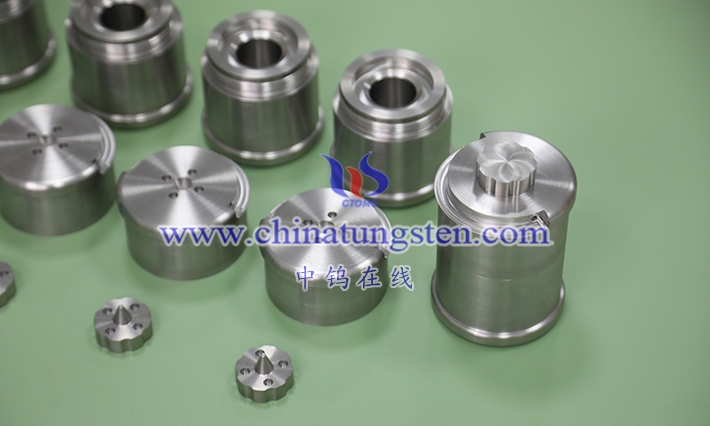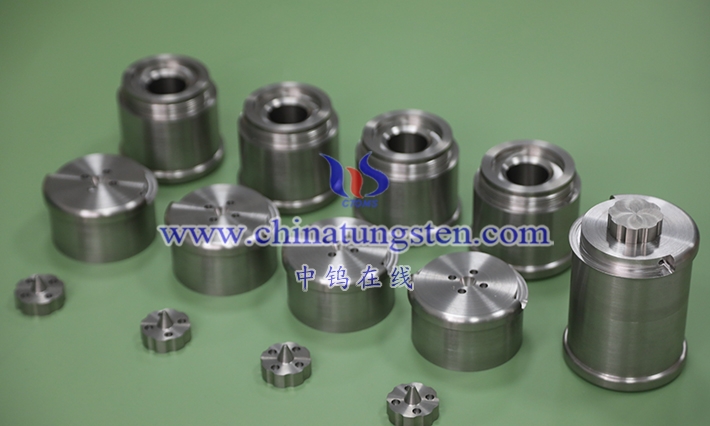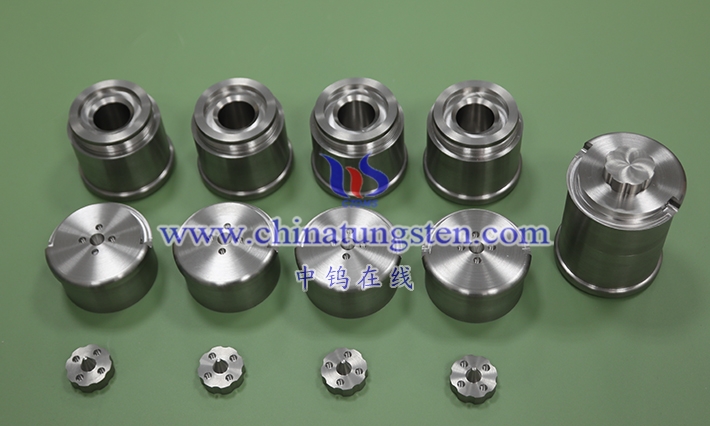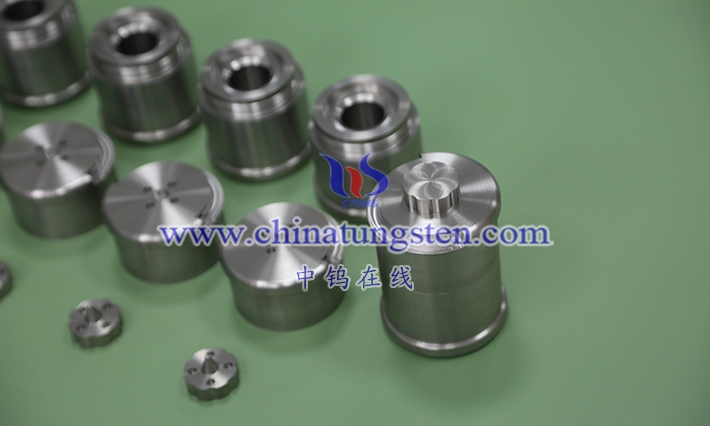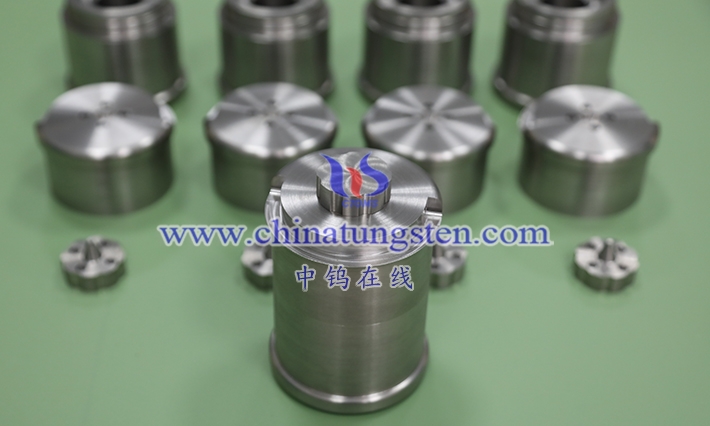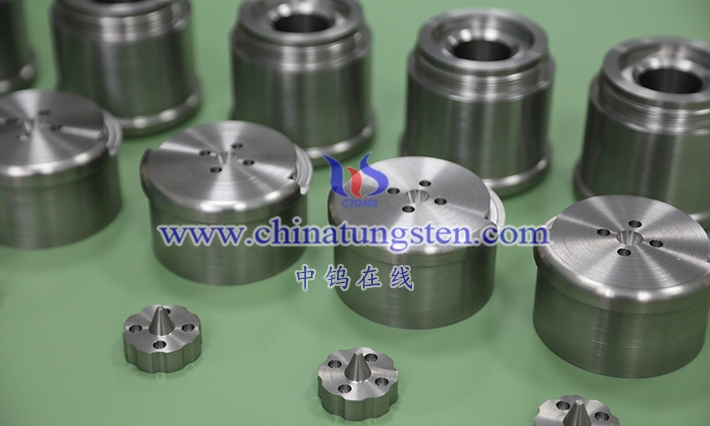Tungsten-nickel-copper alloy (W-Ni-Cu) core features include high density, non-magnetism, high conductivity, and good processability. First, density 15.8-18.0g/cm³, providing strong radiation absorption capability, suitable for shielding applications. Second, non-magnetism is key, copper replacing iron avoids magnetic interference, conductivity higher than W-Ni-Fe (20-40% IACS). Third, high strength (tensile 800-1200MPa) and corrosion resistance, nickel enhancing toughness, copper improving acid-alkali resistance. Fourth, low thermal expansion and high-temperature stability, high melting point, suitable for thermal cycling environments. Additionally, environmentally friendly and non-toxic, complying with ROHS.
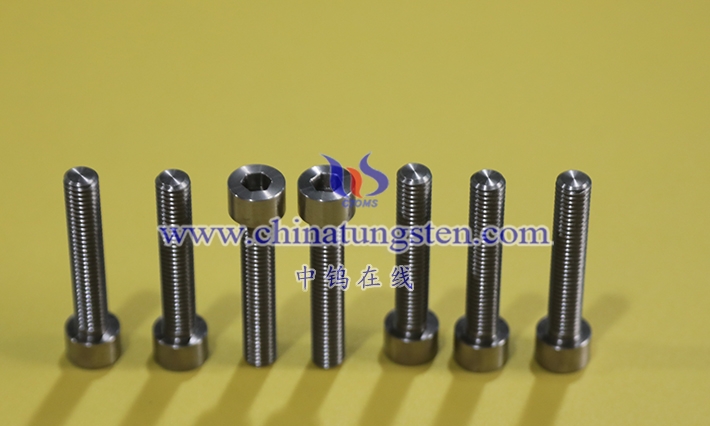
Usage advantages lie in versatility and economy. First, in medical imaging equipment, as shielding screws, utilizing non-magnetism and radiation protection, ensuring MRI compatibility. Second, in electronics, as electrical contacts and counterweight screws, high conductivity reducing resistance losses, easy to form in processing. Third, in aviation, for balancing components, high density but controllable weight, improving fuel efficiency. Fourth, in nuclear industry, as radiation shielding fixtures, resistant to high-temperature radiation. Compared to W-Ni-Fe, its non-magnetic advantage stands out; compared to W-Cu, higher strength. Overall features and advantages make the alloy preferred in sensitive environments, promoting sustainable applications.
